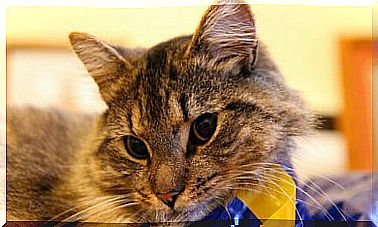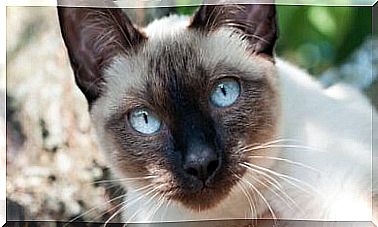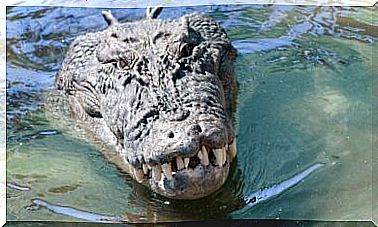Turtle Doves And Pigeons That Live In Spain
There are several species of pigeons that live in Spain and, although everyone knows how to recognize this group of animals, the truth is that few people know the variety of species that exist.
Turtle doves and pigeons that live in Spain
Specifically, pigeons make up the group of columbids, together with turtledoves, and if we talk about turtledoves and pigeons that live in Spain, we find five quite different species :
Wild pigeon
Of the pigeons that live in Spain, undoubtedly the most common of them all is the wild pigeon ( Columba livia ) and, despite this, it is one of the most difficult to distinguish due to hybridization. In other languages it is known as the rock dove, and this is because it is not associated with arboreal ecosystems, but with rocky ones.
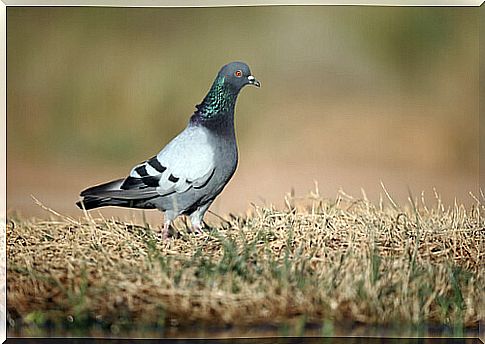
And the fact is that the wild pigeon is the species from which the domestic pigeon was obtained, so it is common to mix it with various varieties of it. Thus, it is difficult to distinguish the species from hybridized specimens.
However, there are several characteristics that distinguish it: it has two dark bands on the wings that are perfectly visible when perched, with the wings closed. In addition, between both wings, at the height of the bands, it has a white rump on the back.
ringdove
The wood pigeon ( Columba palumbus ) is the largest within the columbiforms of the Iberian Peninsula and all of continental Europe. It is a species associated with forests that can reach 43 centimeters in length. It lives in temperate Europe, the Middle East, and North Africa.
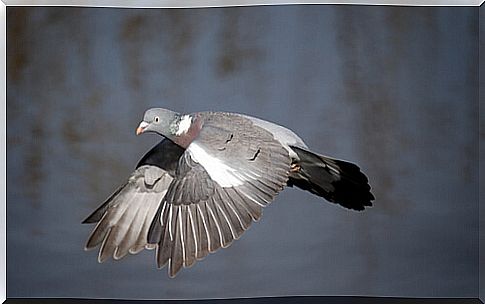
The species is easy to recognize, with a large body and a white patch on the neck that makes it unmistakable. On the edge of the wing it has a mark that can be seen perfectly in flight.
Zurita pigeon
The left dove ( Columba oenas ) is probably the least known pigeon that we can find in Spain. And it is a more timid and smaller animal than the rest, and that it has dispersed nuclei in the peninsula, mainly in forest areas.
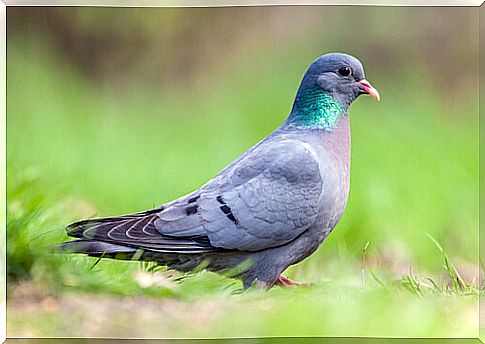
In this case, the majority of the body of the pigeon is uniform dark gray, without white spots. It only has a light gray rump and some slight black spots on the wings.
Turkish turtledove
The Turkish dove ( Streptopelia decaocto ) is a dove native to Asia that in the last century has spread throughout Europe naturally. It arrived in Spain in the 1980s and has already spread throughout the country, including the Balearic and Canary Islands; it is considered an invasive alien species in North America and Japan.
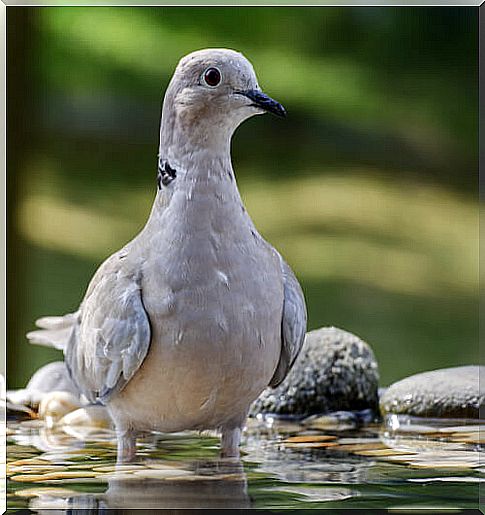
Lighter in appearance than pigeons, the Turkish dove is easy to identify: it has a homogeneous pale gray plumage and has a dark half collar on the nape. Although it prefers rural areas, it is much more common in urban areas than the common turtle dove. Its colonization capacity is reminiscent of other birds such as the Cattle Egret.
Common turtle dove
In the case of the common or European dove ( Streptopelia turtur ), we are talking about the least abundant of the doves and pigeons of the Iberian Peninsula. Shy in behavior, he prefers rural areas and, unlike the rest, he rarely gets used to human presence.
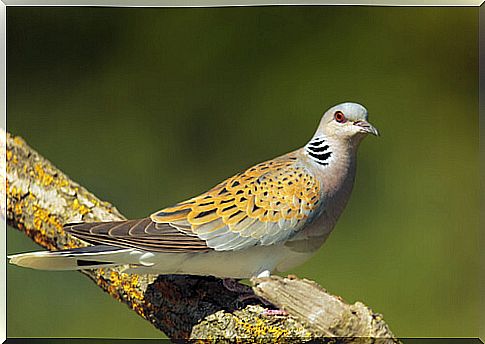
It is the smallest: it does not exceed 27 centimeters in length. The wings are of special beauty, with a brown and black plumage that forms scales. Its collar is also striking, with black and white lines, which makes it one of the most beautiful birds we have in Spain.
These are only the doves and pigeons that live in Spain naturally. There are more than 300 species of pigeons and, unfortunately, it is a group very little known and closely linked to our species.


